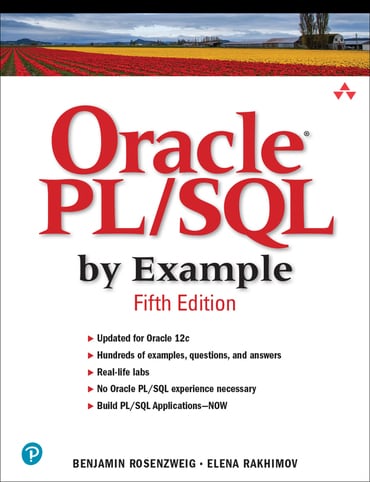Switch content of the page by the Role togglethe content would be changed according to the role
Oracle PL/SQL by Example, 5th edition
Published by Pearson (February 24, 2015) © 2015
- Benjamin Rosenzweig
- Elena Rakhimov
eTextbook
$40.79
$47.99
Need help? Get in touch

Digital Learning NOW
Extend your professional development and meet your students where they are with free weekly Digital Learning NOW webinars. Attend live, watch on-demand, or listen at your leisure to expand your teaching strategies. Earn digital professional development badges for attending a live session.

